Two years ago—around this point in summer—I walked into the woods of west Rhode Island searching for the ruins of a lost summer camp. The initial lure was that creeping vibe that you find in movies like Picnic At Hanging Rock or in pretty much any song by Throbbing Gristle. (Great band, in case you didn’t know.) But when I re-emerged from the Arcadia Management Area forest that afternoon, I was wrestling with something bigger and more elemental. I wondered if summer itself would be a different thing, in a cultural and recreational sense, when I’m 50. Because summers are getting really hot.
I guess you could call this week’s newsletter a celebration of sorts—because we have officially made it to the final weeks of the muggiest season, with the crisp afternoons and toasty nights of fall within reach at last. But even when I fantasize about crimson and auburn canopies, the seasonal question lingers. When many of us were kids, fall was beautiful, but also bittersweet. The explosion of colors and the proliferation of sweet, gooey foods felt like a wake for that window of the year when being outside was comfortable. The vapor of winter’s cold breath was already present in the night, and on those mornings when you needed a jacket for the journey to school. These days, that seasonal chill in the air feels less like an ending, and more like deliverance.
Some of you might have heard the word “coolcation” recently. It’s one of those nifty monikers that feels like something cooked up at a destination marketing conference, but it describes something that a lot of us have been doing for years—taking trips to places that offer cooler weather, when our home territory is being slowly roasted. An editor from Texas Monthly magazine who I met in Montreal earlier this year told me that the coolcation is one of her family traditions. In New England, where I live, one of the most attractive elements of Midcoast Maine is the briny air conditioning provided by the Atlantic Ocean. While the coolcation is most likely to be a series of diminishing returns, as worsening summer heat permeates the most remote corners of the world, the emerging evidence that more people are going on coolcations marks a shift in the way we think about the summer—a shift which might transform our seasonal calendar.
One of the big experiential headaches of adulthood is how quickly—and early—your summer weekends become packed with commitments. But the reason why you may find yourself scheduling a hike through Zealand Valley of the White Mountains with two friends two months in advance is because summer is the season that our society has decided to block off for leisure time. Schools conclude regular sessions sometime in June, and elected governments also go into a recess around then (though a handful of politicians use this time to be more active in their communities.) But when summer becomes something that you survive, will our preconception of summer as a time for recreation continue to make sense? And what can an alternative “summer” look like?
It’s worth circling back to the school year when we ask this, because schools really are the foundation of how we look at seasonality today. When kids are in classrooms, and when they’re not, shapes how other institutions and businesses look at seasons. A few weeks ago, my friend Tessa—who’s raising two kids in the K-5 age range—was telling me about how her family has been taking more naps this summer, and she raised an interesting possibility. What if, instead of designating the singular window of summer as society’s leisure time, we had two shorter summers? One of them could start in mid-May and run through June, and the other one could kick off in the middle of August and conclude by October. Obviously this would be highly disruptive in the short term and transformative in the long haul. It would, however, give people more freedom at two times of the year when outdoor air temperatures and humidity aren’t dangerous.
The problem with Tessa’s idea, as far as we could tell, is what on earth you would do with the month of July. Even if it were possible to resume school and work for just a month—in a way that actually got people back on track with their projects—would a single month of progression and production really be worth it? And also, how many schools could serve the dual functions of Learning Institution and Heat Shelter? Take the Boston Public Schools system. In 2023, the same year when I took that sweltering hike to the abandoned summer camp in Rhode Island, nearly a third of BPS facilities lacked air conditioning units; a reflection of under-investment in public schools, and also the outdated infrastructure in many northeastern cities. Still, Boston is chipping away at the issue, installing new AC units and and trying to make its schools summer proof, in acknowledgment that summer ain’t what it used to be. So in theory, some years from now, treating July as a time for hunkering and hustling could be feasible.
But given the prevalence of “hustling” in American culture—this notion that virtue is found through work, and any struggle evinces a lack of work ethic—I’m going to put another possibility out there. What if we added another month to summer? We could adopt Tessa’s suggested mid-May to early October timeline, but rather than doing all the legwork of reconvening everyone inside for the most fetid month of the year, we could simply let people endure July on their own terms; in venues of their choosing.
I can already hear the groans from people who actually have to contend with raising children and balancing parenthood with paid work. If I were in their shoes, I would be rolling my eyes too! In a nation that doesn’t guarantee childcare, like the U.S., a longer school recess would be a significant hardship for millions of families. Not to mention, summer can be an emotionally exhausting time for parents. While I don’t fully agree with the retroactive condemnations of school closures during the pre-vaccine months of the COVID-19 pandemic (let’s not forget that tens of thousands of people were dying), the prolonged loss of time apart from one another pushed a lot of families to the edge of sanity. As an introvert who needs recharging time, I empathized with any parents who suddenly found themselves deprived of the ability to take a breather.
And yet, part of what made the pandemic precautions so disruptive was their sudden rollout; how rapidly they were conceived and enforced. Again, 2020 was an incredibly stressful time, and I maintain that flawed interventions were highly preferable to zero interventions. But you have to wonder if things might have been better if we had been given more a little more time to think about how school closures, as a response to the viral contagion of a pandemic, would work best. When I think about the forces that jeopardize public health—forces that we will need plans for responding to—it occurs to me that climate change offers us significantly more runway for mapping things out, proposing transformative ideas, field-testing them, and fixing the “bugs” accordingly.
All of which is a roundabout way of saying that if we are going to reevaluate how we treat the summer, as regional heat waves and droughts become deadlier—this is the time to start throwing shit at the wall. Consider another recent development here in Boston. This month, the city is launching a guaranteed income pilot program in which a pool of young adults experiencing homelessness will each receive a monthly $1,200 for two years. While universal basic income could never be a singular solution to the widening wealth gap in America (labor unions and more public housing are essential pillars too), it would be a profound expansion of the social safety net; the same safety net that’s currently full of holes for working parents struggling to afford daycare for the summer months. Short of an epochal event like the passage of the New Deal, it’s very hard, if not impossible, to solve intersectional problems all at once. But changes to the safety net would at least nudge us closer to becoming a Work To Live country, as opposed to the current Live To Work dystopia in which survival has economic and climatological dimensions. By addressing the former, we could deal with the latter a hell of a lot more effectively. And a longer summer vacation might be less disruptive.
What I know is this: The longer we avoid experimenting with transformational ideas, and accepting that those experiments are going to be messy at times, the more we will suffer when worsening environmental factors force change at a faster and much more turbulent pace. Right now, we have the margin space to creatively confront the changing face of summer and the challenges that it poses for so many of us. Letting that opportunity slip away, by accepting the same canards from political leaders that now is not the right time for being bold and innovative, would be a shame. It would raise the likelihood that some years from now, restorative summer walks through our favorite parks, gardens, and nature preserves will be golden memories; flickering for a moment as we crank up the AC and box fans, lower the shades, and marinate in place.
We should all be afforded the time and space to enjoy being outdoors, at times when being outdoors actually feels good. Many of us have enjoyed that time and space for the majority of their lives. Today—for the sake of everybody—it’s time to renegotiate.


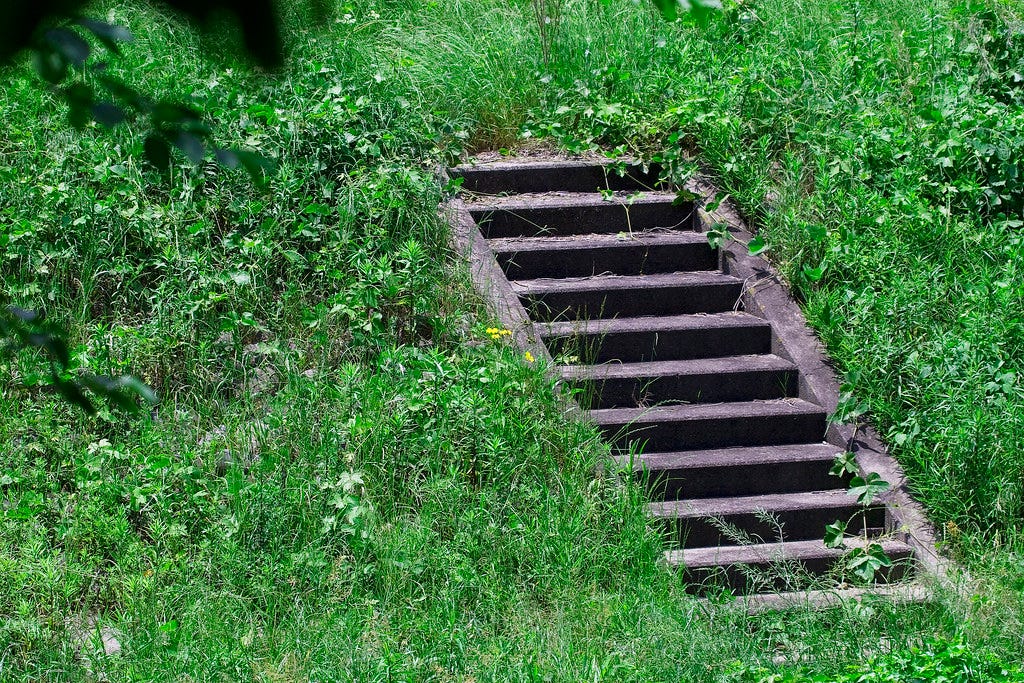
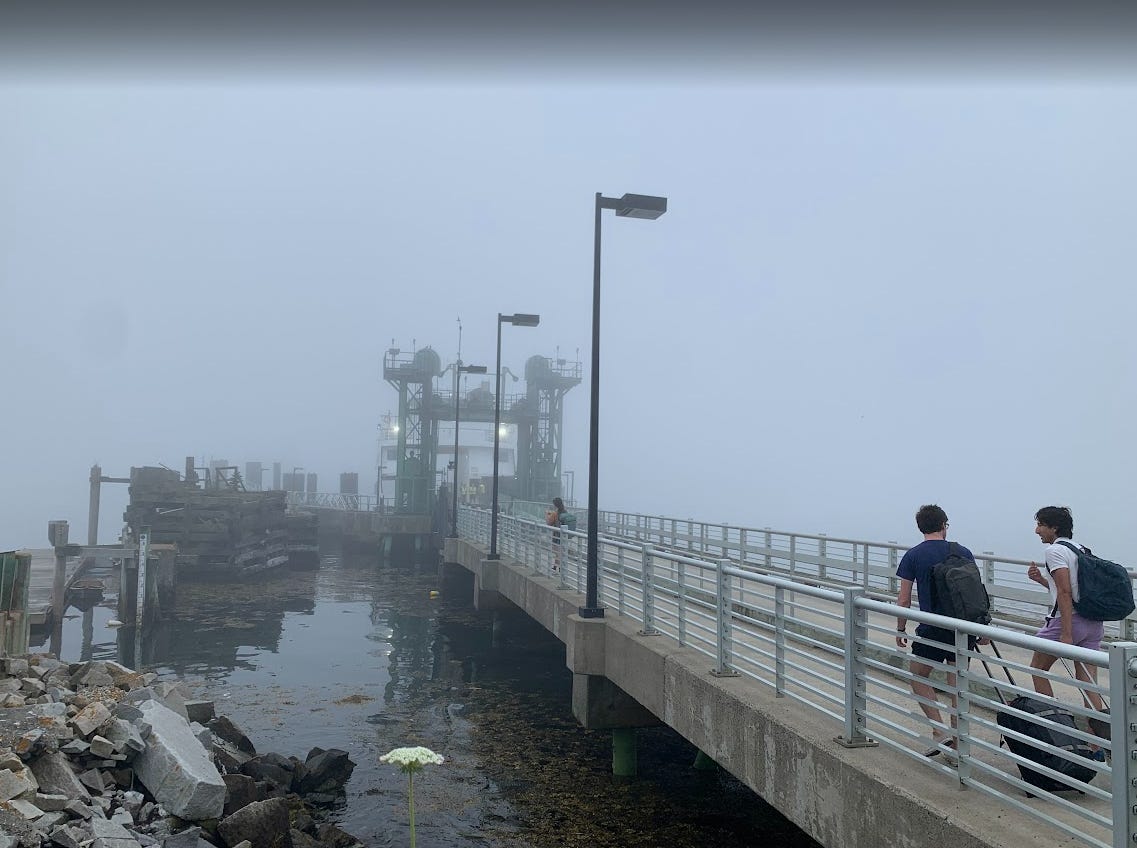
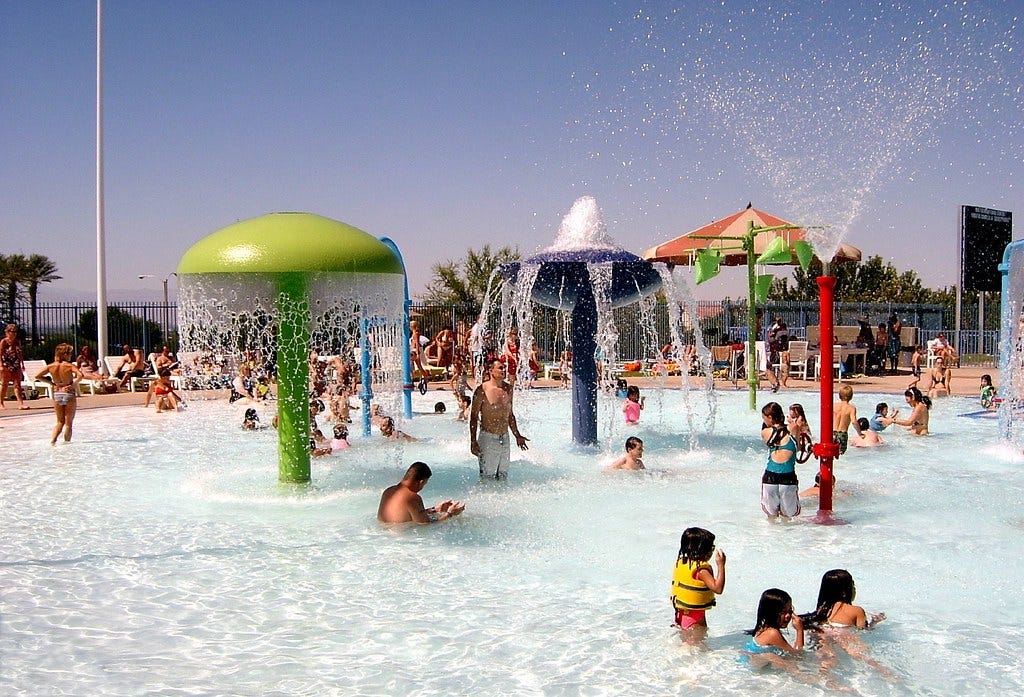
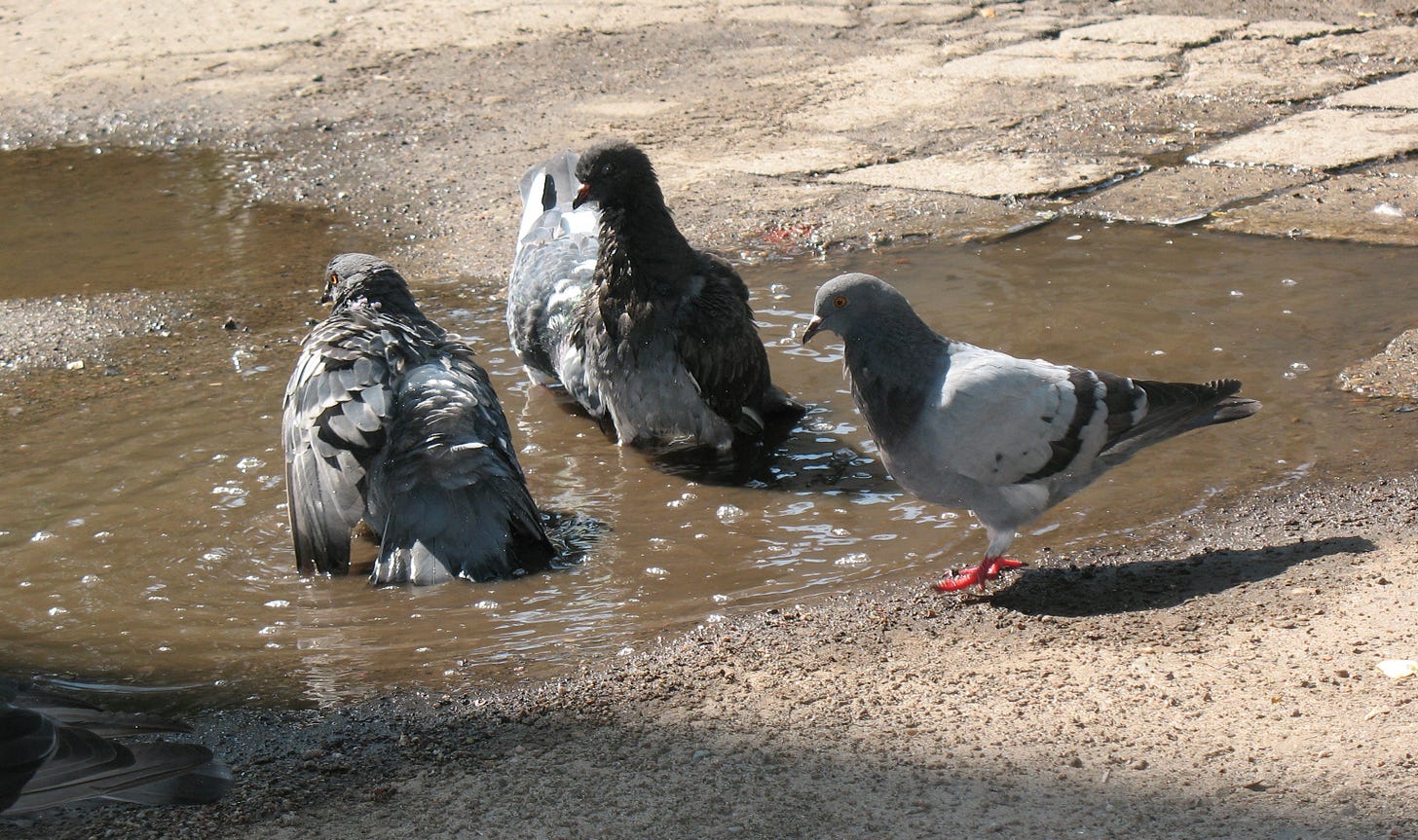
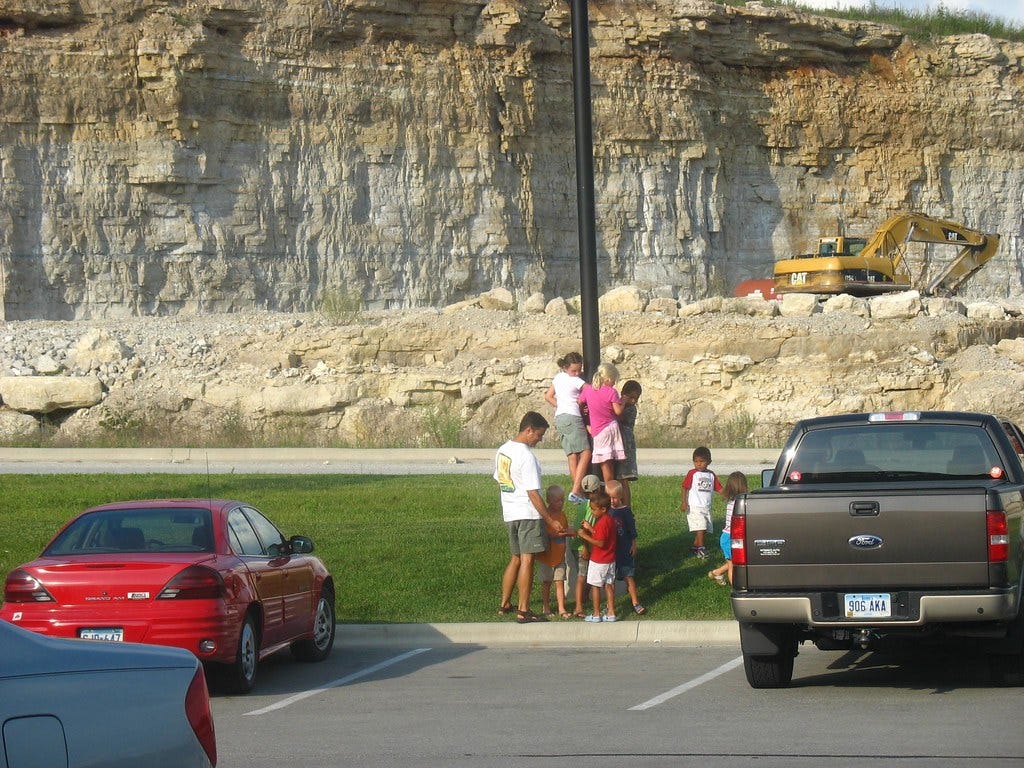
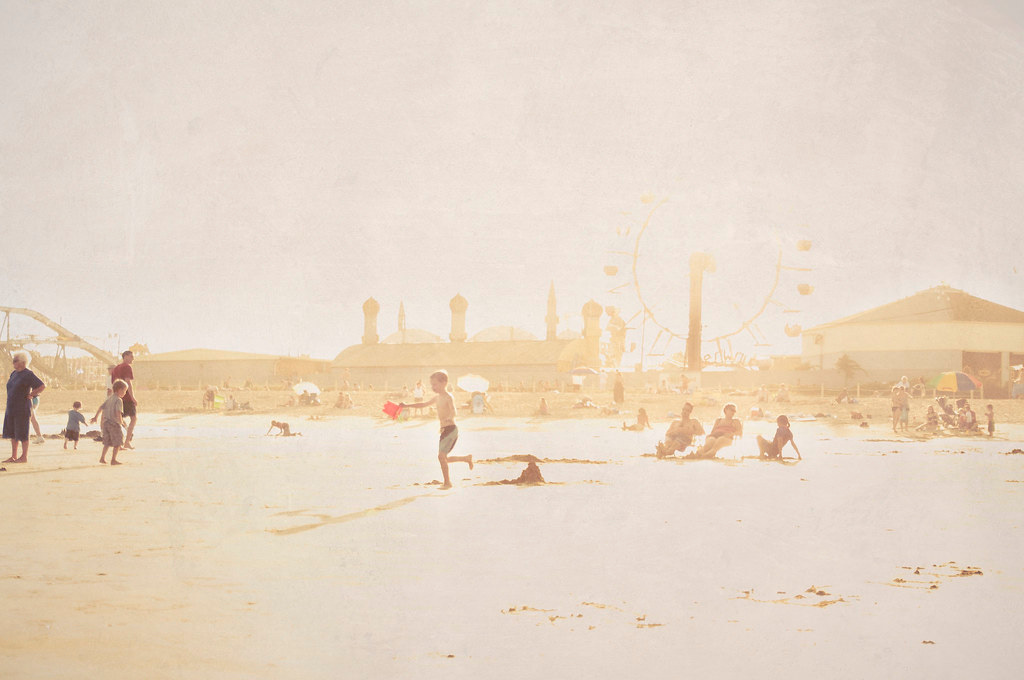
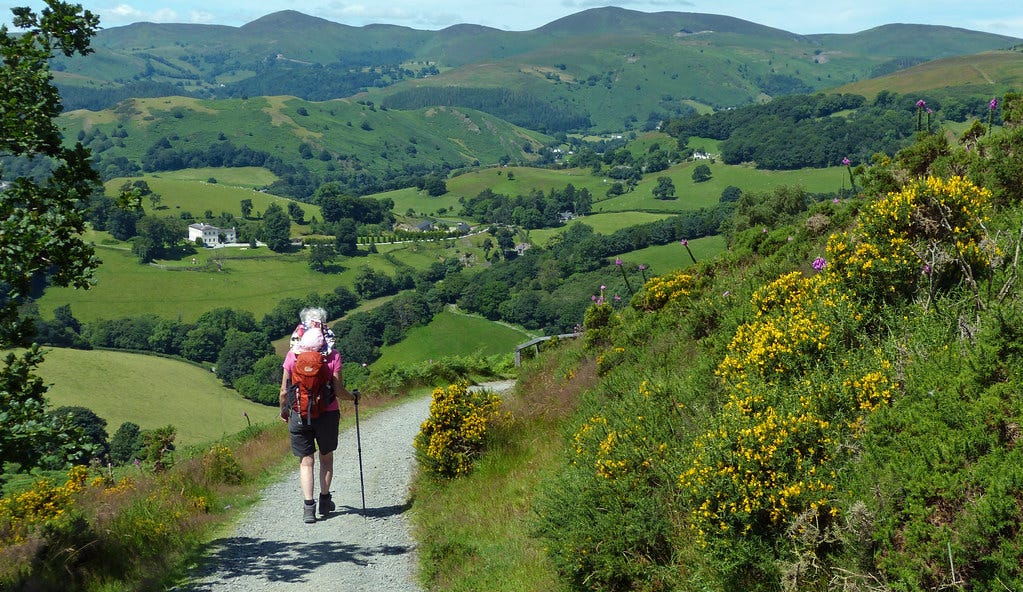
Don't forget we COULD alter the school calendar -- talk about upheaval - in the interest of experimenting it could be a rolling break for one quarter of a given school at a time. Yes - plenty to be worked out -- I'm a parent and former teacher -- I get it, but we've gotta try something.